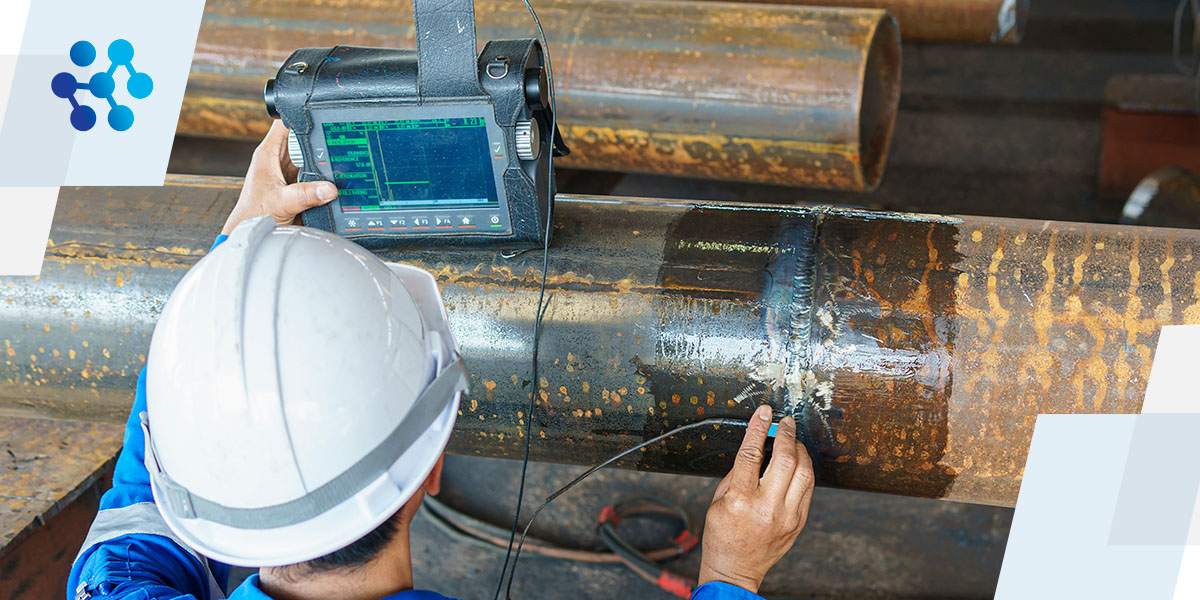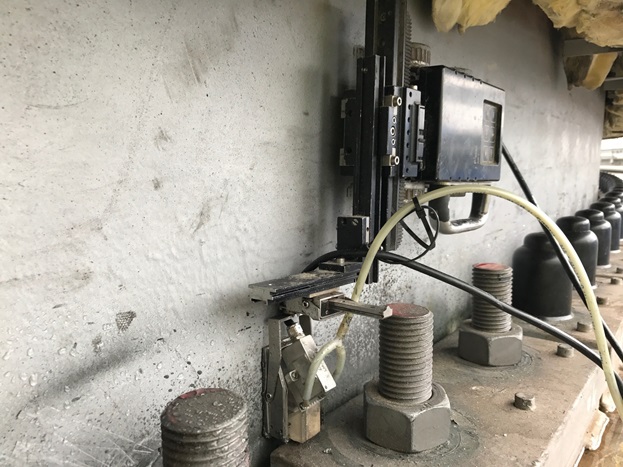The Important Function of Storage Tank Welding Inspection in Ensuring Structural Integrity and Security Conformity in Industrial Applications
In the world of commercial applications, storage tank welding evaluation becomes an essential component in securing architectural honesty and guaranteeing compliance with security regulations. Making use of a combination of strategies such as visual analyses and progressed screening techniques, these assessments serve to determine and reduce prospective defects before they intensify into considerable dangers. The implications of these practices expand past mere regulative adherence; they fundamentally effect functional efficiency and property longevity. Nonetheless, the intricacies surrounding the evaluation procedure prompt a closer exam of its methods and outcomes, disclosing layers of relevance that benefit additional expedition.
Relevance of Tank Welding Assessment

Making certain conformity with industry requirements and laws is an additional considerable element of storage tank welding inspection. Regulative bodies mandate strict guidelines for the building and maintenance of tank, and complete assessments help organizations abide by these needs. Non-compliance can cause extreme fines, including penalties and shutdowns, better highlighting the requirement for strenuous assessment protocols.
Additionally, tank welding examination plays a critical function in maintaining operational effectiveness. Routine analyses can recognize prospective concerns before they rise, facilitating timely fixings and lessening downtime. This positive strategy not just enhances safety and security but also adds to cost financial savings in the long run. In summary, the relevance of tank welding evaluation exists in its capacity to guard public health and wellness, protect the setting, and ensure compliance with regulative frameworks.
Secret Evaluation Methods
Efficient tank welding examination relies upon a selection of essential strategies that make sure comprehensive analysis of weld quality and structural integrity. Among the most prevalent methods are visual assessment, ultrasonic screening, radiographic screening, and magnetic bit testing - Tank Welding Inspection. Each approach provides distinct benefits in examining different facets of the weld
Aesthetic examination acts as the first line of protection, allowing assessors to identify surface flaws, irregularities, or incongruities in the weld bead. Ultrasonic screening uses high-frequency audio waves to spot internal imperfections, such as cracks or gaps, giving a detailed analysis of weld integrity. This approach is especially reliable in detecting issues that might not show up on the surface area.
Radiographic testing utilizes X-rays or gamma rays to create photos of the welds, disclosing internal suspensions and offering an irreversible record for future recommendation. This method is highly efficient for vital applications where the threat of failure should be lessened.
Lastly, magnetic bit testing is employed to determine surface area and near-surface defects in ferromagnetic products. By applying magnetic fields and great iron bits, examiners can pinpoint gaps that may compromise the architectural integrity of the container. Together, these methods create a robust framework for guaranteeing premium welds in industrial applications.
Conformity With Security Requirements

Normal inspections play a crucial duty in ensuring compliance by recognizing prospective failings or inconsistencies from suggested standards. Examiners are trained to examine weld top quality, validate material requirements, and assess the total architectural stability of tanks. Their competence is essential in guaranteeing that welding processes fulfill the called for safety and security criteria.
Additionally, conformity with safety and security standards see this here not just safeguards employees yet likewise safeguards the environment from potential threats such as leaks or tragic failings. Organizations that focus on safety compliance are much better positioned to alleviate dangers, improve operational efficiency, and promote a society of safety and security within their labor force. In summary, keeping extensive compliance with safety standards you can check here is vital for the effective operation of tank welding activities in industrial settings.
Advantages of Routine Inspections
Routine assessments are important to maintaining the structural stability and security of welded tanks. These inspections offer a systematic method to determining possible defects or weaknesses in the welds, making sure that any problems are resolved before they rise into considerable failings. By carrying out normal assessments, companies can find corrosion, tiredness, and other kinds of degeneration that may endanger storage tank efficiency.
Moreover, constant assessments add to conformity with sector policies and standards. Following these standards not just mitigates lawful dangers however also improves the company's online reputation for safety and reliability. Normal evaluations foster a positive security culture, urging staff members to recognize and focus on the importance of tools integrity.

Case Researches and Real-World Applications
Instance studies and real-world applications illustrate the tangible impact of efficient tank welding assessment practices. Complying with the implementation of rigorous welding assessment methods, consisting of aesthetic and ultrasonic screening, the center identified essential flaws in weld joints that can have led to catastrophic failings.
In a similar way, a read this water treatment plant implemented an extensive evaluation program for its tank welding procedures - Tank Welding Inspection. By including non-destructive screening methods, the plant had the ability to detect early indicators of rust and fatigue in weld joints. This timely intervention expanded the life expectancy of the tanks and ensured conformity with safety and security laws, hence securing public wellness
These situation research studies emphasize the value of normal and organized storage tank welding inspections. By prioritizing these practices, industries can reduce dangers, improve structural honesty, and ensure compliance with safety and security criteria, eventually leading to enhanced operational efficiency and minimized liabilities.

Verdict
In verdict, tank welding inspection is a vital element of keeping structural stability and security in industrial applications. Using different assessment strategies guarantees very early discovery of prospective problems, thus avoiding catastrophic failures.